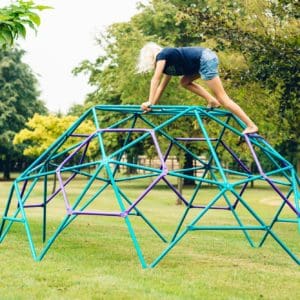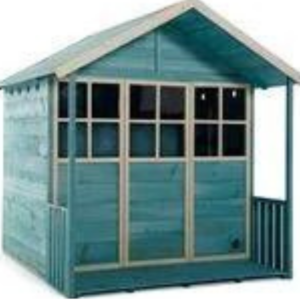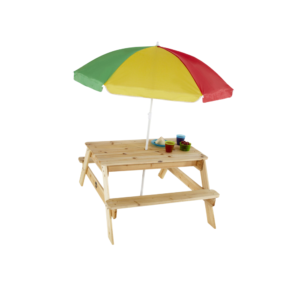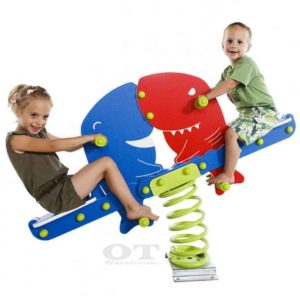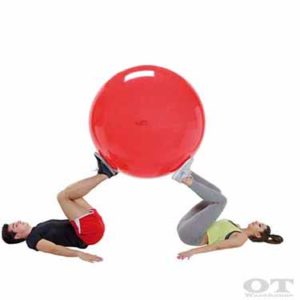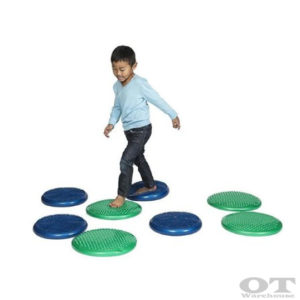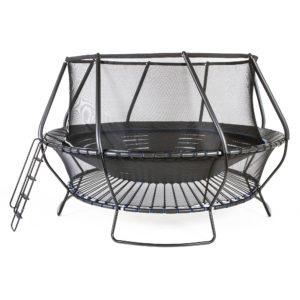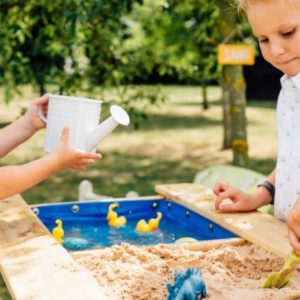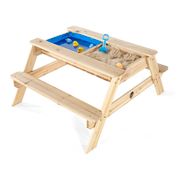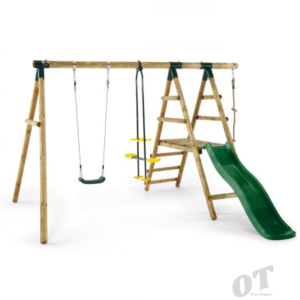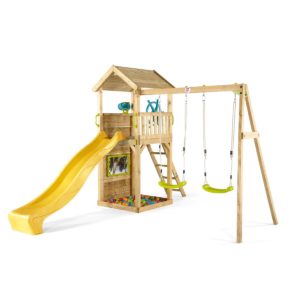Why are indoor and outdoor playgrounds important?
Play equipment that is fun and provides a child with plenty of stimulation and challenges, will give them something to fully develop their abilities, socializing and gain a sense of the world in which they live and use their body and mind to solve problems. With optimal playground design, kids can gain an awareness of their surroundings, use their imagination, touch a different surface, hear a sound that is new and use their bodies to twist, turn, climb, running, tumbling, and enjoying.
Playgrounds in schools, backyards and daycare centres provide a sense of joy and excitement and laughing for children. Parents merely mention the word “playground” and they are able to watch the eyes of their child light up. It’s similar to asking your dog if they would like to go for a walk! Everyone remembers growing up as kids and playing on our favourite piece of playground equipment at the community park, skate park or in the backyard at home. Was it an old wooden fort or castle, monkey bars, a slide, trampolines, basketball court, a pirate ship, spring rockers or something that gave you opportunities for water play? If you were lucky enough, some kids even had a dad that was really cool and could build them swings or a flying fox in the trees, slides in the backyard or a sandpit in the shade. It’s not just the physical benefits of playgrounds that are important, but the memories of childhood play are priceless.
What do backyard, school and park playgrounds teach?
Both indoor and outdoor playgrounds offer vital benefits for children in the important early years of development and there are a huge range of playground choices available. The many benefits include:
-
Fitness and strength
Children develop co-ordination, strength and motor skills through climbing and play which transfers to all aspects of daily life and growth. Playgrounds are effective tools in motivating individuals to explore their abilities and challenge themselves in a variety of physical situations. With high levels of obesity amongst both children and adults in today’s society, it is imperative that we foster healthy and positive attitudes towards physical activity. Children have loads of energy and playgrounds are a wonderful place to exert this energy in a constructive way.
-
Cognitive development
Playgrounds promote intellectual development allowing users to improve judgement, perception and memory. The introduction of “smart playgrounds” has enhanced ways children can move, think and interact with others. These modern and innovative playgrounds are fantastic at combining and developing both physical and cognitive capabilities.
-
Self-confidence
Play equipment allows individuals to improve their confidence and self-belief. By allowing users to climb, crawl, roll, tumble, twist and turn their bodies, along with supporting their own body weight on various apparatus, self-confidence improves in leaps and bounds.
-
Social skills
Playgrounds have the added benefit of improving cooperation and communication amongst young people. Children learn turn-taking and acceptable play with others whilst completing the activities that playgrounds offer. These environments also provide great safe places for parents or a family to socialise with others.
-
Safety
Playgrounds that provide quality equipment in safe, enclosed areas will give parents peace of mind that their child is exercising their body and mind in a safe manner. Playgrounds are, however, dangerous for small children when not supervised properly. Whilst parent supervision is always recommended, cleverly designed playgrounds with the right equipment will give unlimited hours of safe, stress-free time to both adults and kids.
- Getting up againbest of all it teaches children to get up after falling or daring and also hiding and seeking, builds resilience.
The benefits of inclusive play spaces and equipment
Inclusive playgrounds have elements that cater more for users with a range of disabilities and ages. Their features allow lots of people with disabilities to access the equipment and utilise the devices on the same basis as their peers. This can include things like physical access to the play areas and ensuring that the play space is easily accessible for people in wheelchairs or those with impaired mobility. Inclusion means all types of individuals regardless of their ability or disability will be able to successfully participate and enjoy the activities on offer.
The best inclusive playgrounds ensure that:
- The design caters for people with diverse abilities.
- Use of the design of the playground is easy to understand regardless of the user’s language, concentration level or skill.
- The design communicates information to the user regardless of their sensory abilities.
- Hazards in the area are minimised for all types of users
- Playground design also suits low physical effort and is comfortable
- Appropriate space is provided for users with different size, shape and mobility.
What are sensory playgrounds?
Sensory playgrounds include equipment that allow people to stimulate their senses of touch, taste, hearing, sight and smell. They are becoming increasingly popular in parks, school and daycare playgrounds and they provide a range of activities for all people regardless of their sensory issues. These playgrounds are particularly enjoyable for children and adults with sensory processing disorder (SPD) and autism (ASD). Sensory playgrounds are designed to be inclusive to all and provide enjoyable sensory experiences. The equipment used in one of these spaces will have different sizes, colours textures and shapes for users to explore and may even be surrounded by plants or vegetation that offers an assortment of smells and everything else for the true sensory experience.
Facts:
1. A playground, playpark, or play area is a place specifically designed to enable children to play there.
2. It is typically outdoors.
3. While a playground is usually designed for children, some target other age groups.
4. Playgrounds often have facilities for other activities, such as playing fields, sandpits, and so on.
5. The term "playground" is also used to refer to a piece of equipment installed in a playground, such as a slide or swings.
6. The type of equipment installed in a playground reflects the values of the community in which it is built.
7. A playground may include:
8. -Swings
9. -Slides
10. -Climbing equipment
11. -Sandpit
12. -Water play
13. -Ball games
14. -Play houses
15. -Discovery zones
Where to find the best play equipment for kids?
At OT Warehouse we have a large supply of indoor and outdoor playground equipment for all age groups, including toddlers, preschool and primary aged children and young adults. If you are looking for a slide, play panels or swing for your backyard you have come to the right place! We stock not only tough and rugged swings for the outdoor environment, but also therapy pod swings and other sensory items ideal for your child's bedroom or playroom. Also check out OT Warehouse for our range of trampolines, cubbies, sensory play toys, picnic tables and sandpits that will have your home, school or backyard sorted in no time!
We offer a great service and are able to ship products Australia wide. So what more inspiration are you waiting for? If you want your own playground without having to take the kiddies to macdonalds, why not create your domestic playground now!

